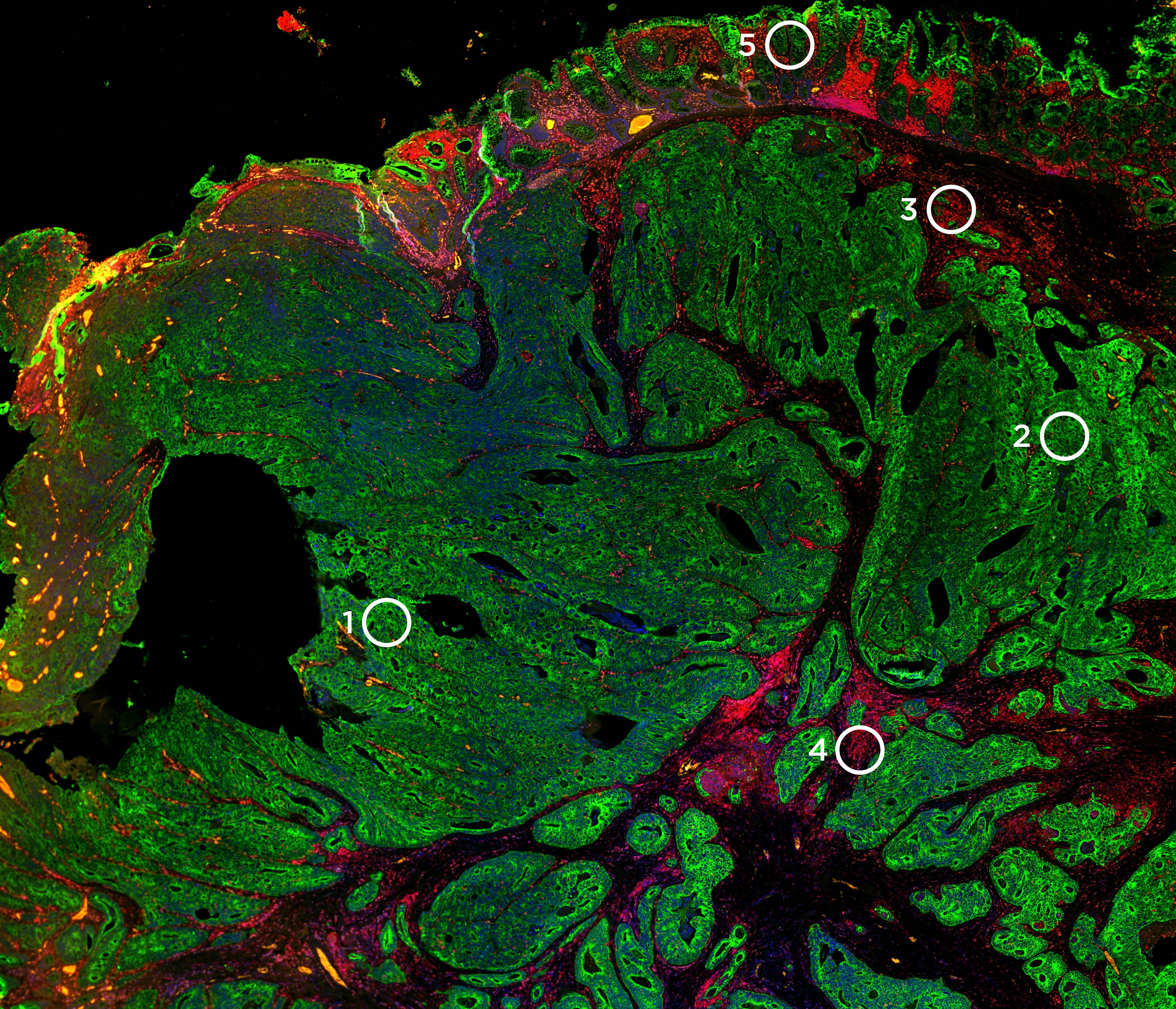
NanoString Blog

CosMx SMI GeoMx DSP
What does nTPM mean in the protein atlas?
The goal of the Human Protein Atlas (HPA) project is to map all human proteins in cells, tissues, and organs. Further, it aims to annotate the function and spatial distribution of…

Digital Spatial Profiling GeoMx DSP
What is a morphology marker?
Understanding tissue morphology is crucial to identify and separate regions of tissue into meaningful biological groupings for image analysis of tissue sections. This is done using morphological markers, most of…

GeoMx DSP
What is immunofluorescence used for?
Immunofluorescence techniques are being increasingly used as an imaging and diagnostic tool in clinical pathology, oncology, and infectious disease, particularly for the study of biomarkers related to cancer diagnosis, prognosis,…

Digital Spatial Profiling
How to download data from the human protein atlas
The Human Protein Atlas (HPA) is a Swedish-based program initiated in 2003 and has become an important resource for both basic and clinical research. It is one of the largest…

Spatial Biology
What are NanoString platforms used for?
A pioneer in the field of spatial biology, NanoString Technologies has developed automated workflow platforms enabling researchers to visualize and quantify gene and protein expression in tissue sections down to…

GeoMx DSP
How is immunofluorescence staining done?
Immunofluorescence (IF) staining is a widely used technique that allows for the detection and localization of antigens in any given tissue or cell type. IF methods use combinations of specific…

Spatial Transcriptomics
An Integrated Omics Approach: The Human Protein Atlas
Although humans have been using atlases for thousands of years, the word atlas was first coined in 1595 by the Flemish map maker Gerardus Mercator. In geographical terms, an atlas…

Spatial Transcriptomics
What is the human protein atlas used for?
In order to understand the role of each protein in various biological processes such as cell organization, signaling pathways, or disease mechanisms, it becomes essential to study protein expression with…

Digital Spatial Profiling
What is digital spatial profiling?
The function of biological systems depends on the spatial organization of their cells. Over the past decade, innovative technologies have emerged that can spatially localize and quantify gene expression of…

GeoMx DSP
Immunofluorescence Staining: An Overview
Immunofluorescence staining is an incredibly powerful yet simple imaging technique that optically detects the localization, distribution, and abundance of proteins at a cellular and intracellular level using fluorescent tags on…

GeoMx DSP
Digital Spatial Profiling
Understanding how gene expression orchestrates cellular organization within tissues is essential to gain mechanistic insights into development and disease. Spatial transcriptomics allows capturing of transcriptional activity along with positional context…

Digital Spatial Profiling GeoMx DSP Spatial Transcriptomics
FFPE Genomics: a Portal Into the World of Transcriptomic Research?
The emergence of spatial transcriptomics, with its ability to generate highly detailed maps of gene expression with spatial context, is revolutionizing biomedical research, particularly in developmental biology, cancer, immunology, and…